Jinyang Yu
Exploring structure diversity in atomic resolution microscopy with graph neural networks
Oct 23, 2024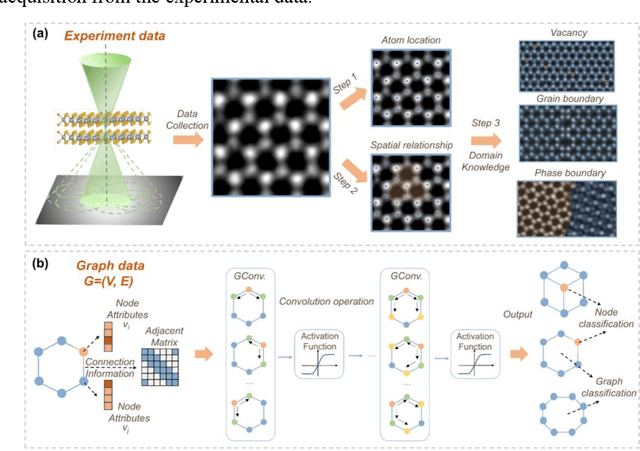
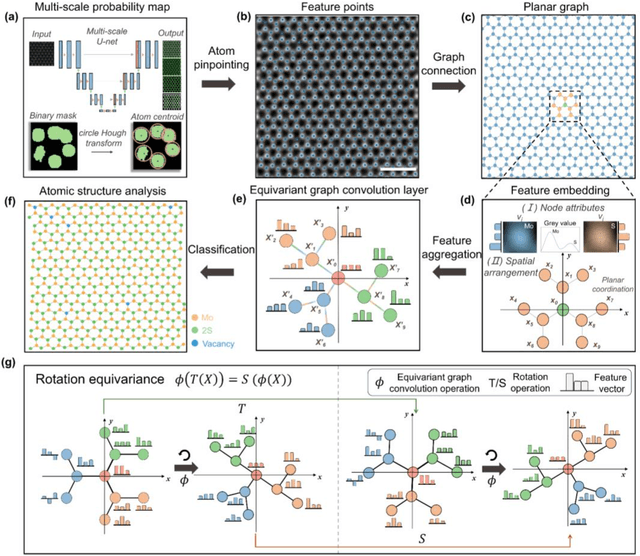
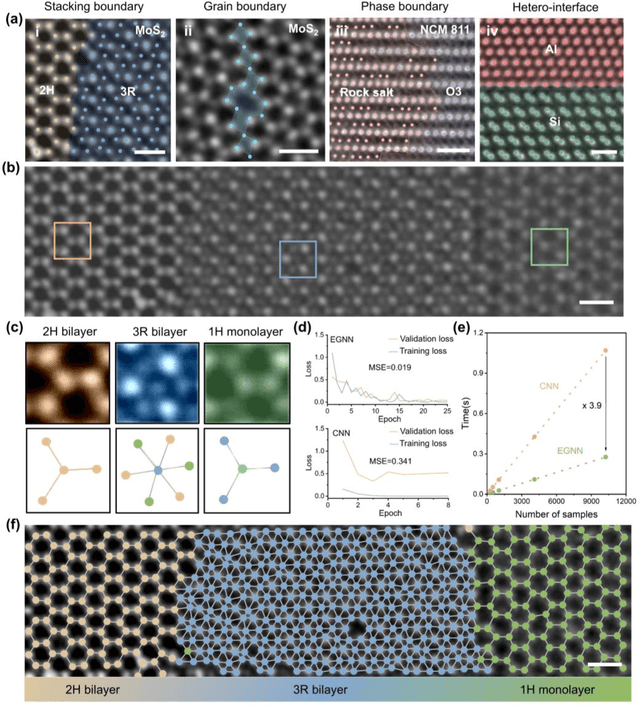
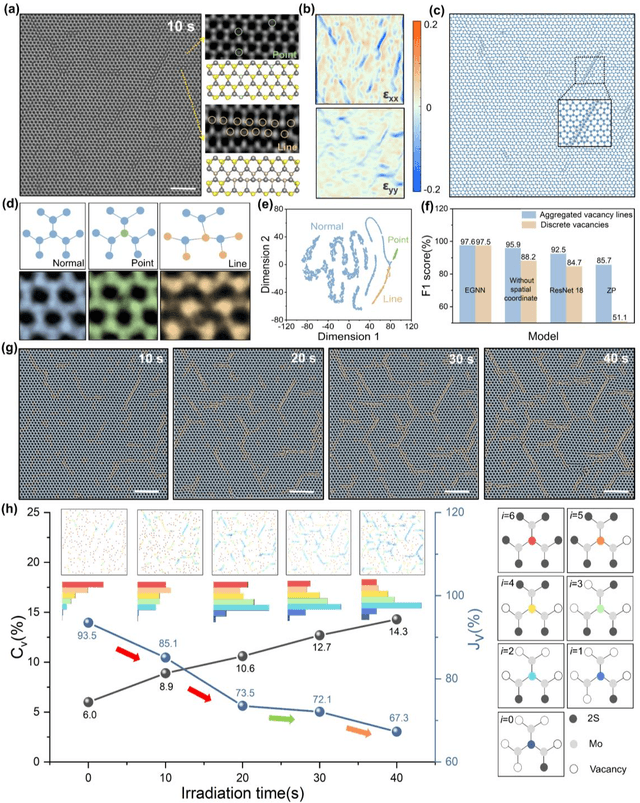
Abstract:The emergence of deep learning (DL) has provided great opportunities for the high-throughput analysis of atomic-resolution micrographs. However, the DL models trained by image patches in fixed size generally lack efficiency and flexibility when processing micrographs containing diversified atomic configurations. Herein, inspired by the similarity between the atomic structures and graphs, we describe a few-shot learning framework based on an equivariant graph neural network (EGNN) to analyze a library of atomic structures (e.g., vacancies, phases, grain boundaries, doping, etc.), showing significantly promoted robustness and three orders of magnitude reduced computing parameters compared to the image-driven DL models, which is especially evident for those aggregated vacancy lines with flexible lattice distortion. Besides, the intuitiveness of graphs enables quantitative and straightforward extraction of the atomic-scale structural features in batches, thus statistically unveiling the self-assembly dynamics of vacancy lines under electron beam irradiation. A versatile model toolkit is established by integrating EGNN sub-models for single structure recognition to process images involving varied configurations in the form of a task chain, leading to the discovery of novel doping configurations with superior electrocatalytic properties for hydrogen evolution reactions. This work provides a powerful tool to explore structure diversity in a fast, accurate, and intelligent manner.
Deep RAW Image Super-Resolution. A NTIRE 2024 Challenge Survey
Apr 24, 2024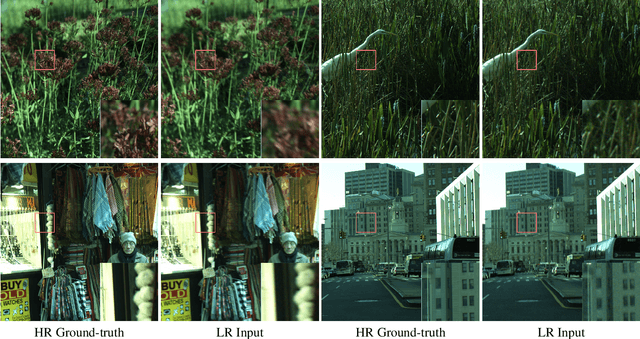

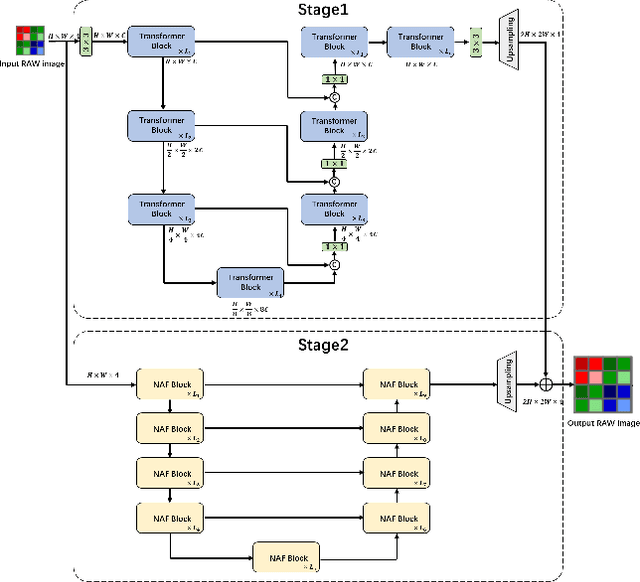
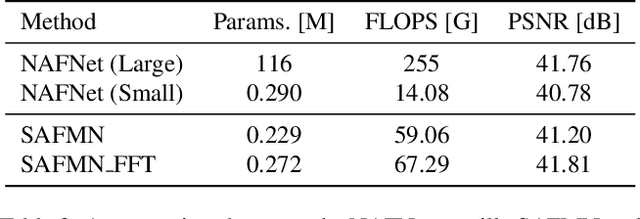
Abstract:This paper reviews the NTIRE 2024 RAW Image Super-Resolution Challenge, highlighting the proposed solutions and results. New methods for RAW Super-Resolution could be essential in modern Image Signal Processing (ISP) pipelines, however, this problem is not as explored as in the RGB domain. Th goal of this challenge is to upscale RAW Bayer images by 2x, considering unknown degradations such as noise and blur. In the challenge, a total of 230 participants registered, and 45 submitted results during thee challenge period. The performance of the top-5 submissions is reviewed and provided here as a gauge for the current state-of-the-art in RAW Image Super-Resolution.
Empirical Comparison between Cross-Validation and Mutation-Validation in Model Selection
Nov 23, 2023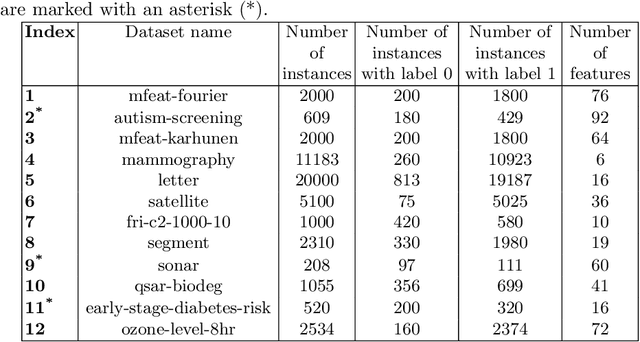
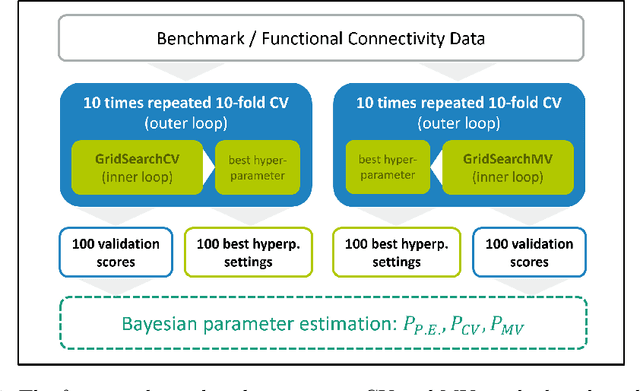
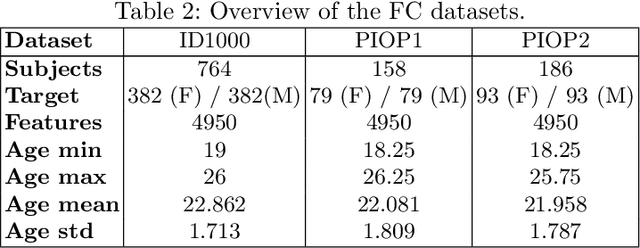
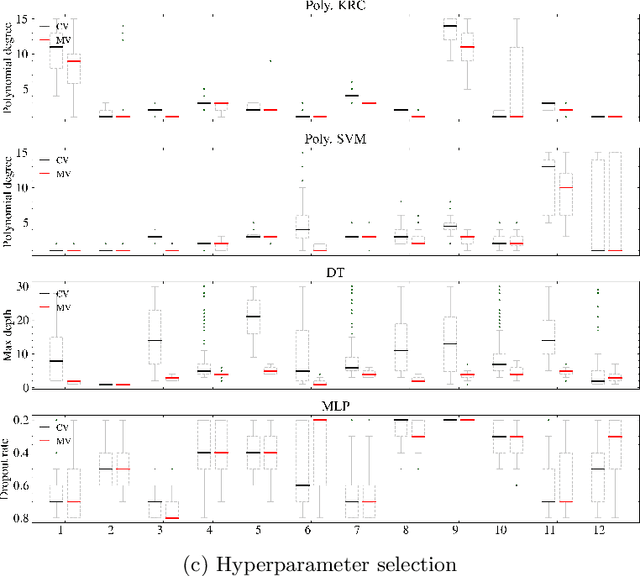
Abstract:Mutation validation (MV) is a recently proposed approach for model selection, garnering significant interest due to its unique characteristics and potential benefits compared to the widely used cross-validation (CV) method. In this study, we empirically compared MV and $k$-fold CV using benchmark and real-world datasets. By employing Bayesian tests, we compared generalization estimates yielding three posterior probabilities: practical equivalence, CV superiority, and MV superiority. We also evaluated the differences in the capacity of the selected models and computational efficiency. We found that both MV and CV select models with practically equivalent generalization performance across various machine learning algorithms and the majority of benchmark datasets. MV exhibited advantages in terms of selecting simpler models and lower computational costs. However, in some cases MV selected overly simplistic models leading to underfitting and showed instability in hyperparameter selection. These limitations of MV became more evident in the evaluation of a real-world neuroscientific task of predicting sex at birth using brain functional connectivity.
PPR-FCN: Weakly Supervised Visual Relation Detection via Parallel Pairwise R-FCN
Aug 07, 2017
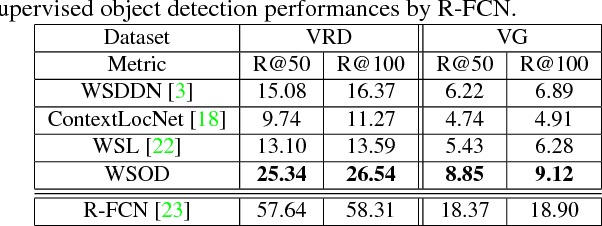

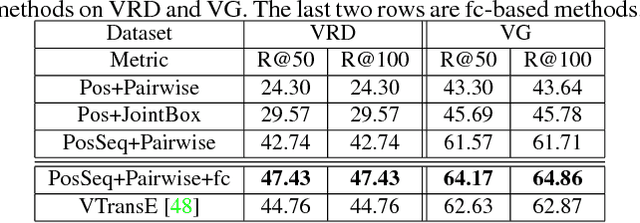
Abstract:We aim to tackle a novel vision task called Weakly Supervised Visual Relation Detection (WSVRD) to detect "subject-predicate-object" relations in an image with object relation groundtruths available only at the image level. This is motivated by the fact that it is extremely expensive to label the combinatorial relations between objects at the instance level. Compared to the extensively studied problem, Weakly Supervised Object Detection (WSOD), WSVRD is more challenging as it needs to examine a large set of regions pairs, which is computationally prohibitive and more likely stuck in a local optimal solution such as those involving wrong spatial context. To this end, we present a Parallel, Pairwise Region-based, Fully Convolutional Network (PPR-FCN) for WSVRD. It uses a parallel FCN architecture that simultaneously performs pair selection and classification of single regions and region pairs for object and relation detection, while sharing almost all computation shared over the entire image. In particular, we propose a novel position-role-sensitive score map with pairwise RoI pooling to efficiently capture the crucial context associated with a pair of objects. We demonstrate the superiority of PPR-FCN over all baselines in solving the WSVRD challenge by using results of extensive experiments over two visual relation benchmarks.
 Add to Chrome
Add to Chrome Add to Firefox
Add to Firefox Add to Edge
Add to Edge